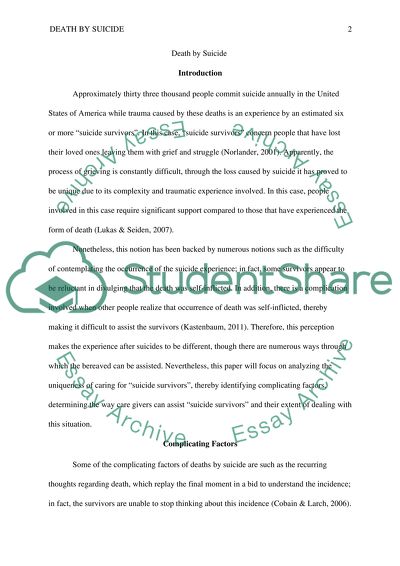Cite this document
(“Death by Suicide Term Paper Example | Topics and Well Written Essays - 1500 words”, n.d.)
Death by Suicide Term Paper Example | Topics and Well Written Essays - 1500 words. Retrieved from https://studentshare.org/psychology/1484940-death-by-suicide
Death by Suicide Term Paper Example | Topics and Well Written Essays - 1500 words. Retrieved from https://studentshare.org/psychology/1484940-death-by-suicide
(Death by Suicide Term Paper Example | Topics and Well Written Essays - 1500 Words)
Death by Suicide Term Paper Example | Topics and Well Written Essays - 1500 Words. https://studentshare.org/psychology/1484940-death-by-suicide.
Death by Suicide Term Paper Example | Topics and Well Written Essays - 1500 Words. https://studentshare.org/psychology/1484940-death-by-suicide.
“Death by Suicide Term Paper Example | Topics and Well Written Essays - 1500 Words”, n.d. https://studentshare.org/psychology/1484940-death-by-suicide.


